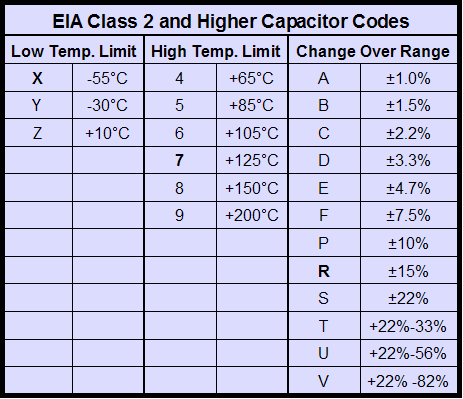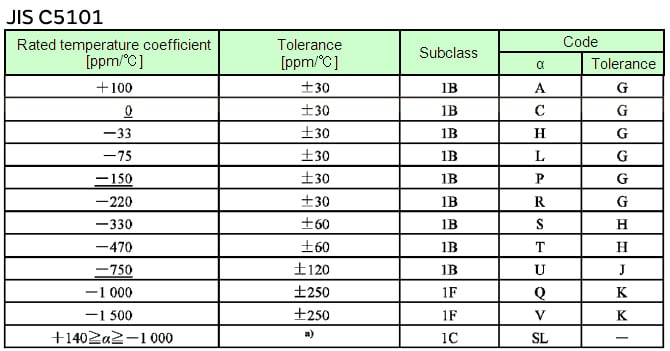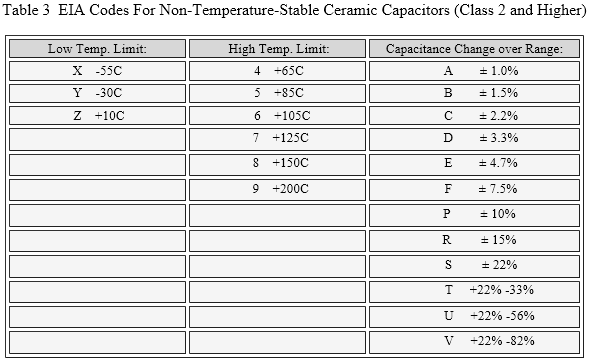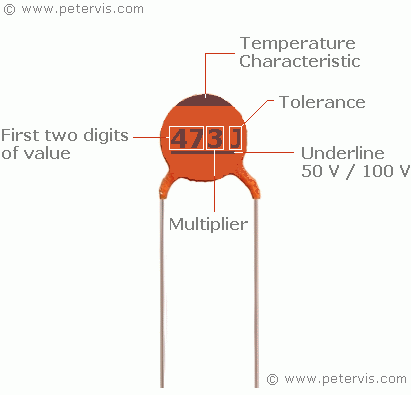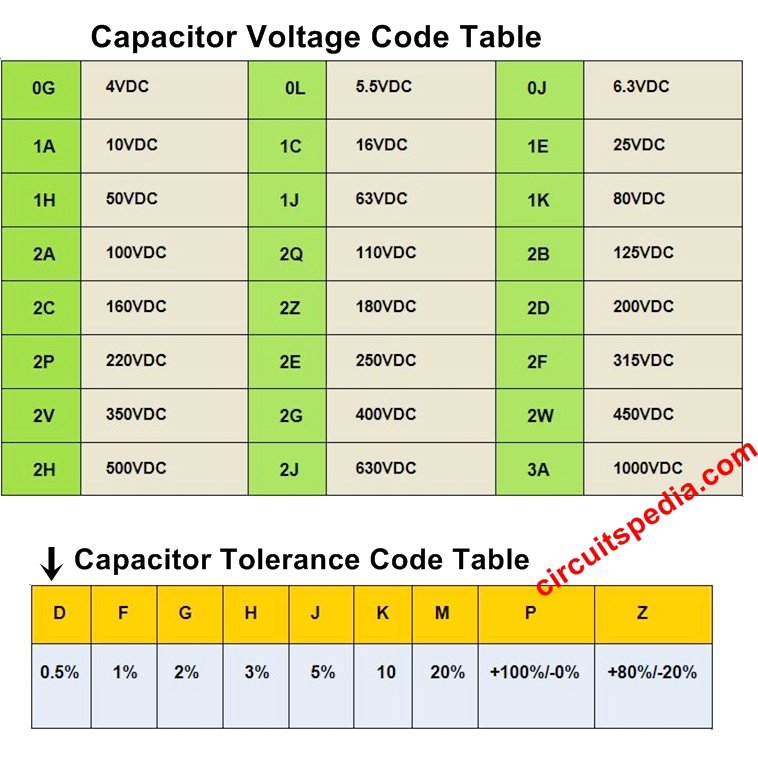Ceramic Capacitor Temperature Range

The two most common types are multi layer ceramic capacitors and ceramic disc capacitors.
Ceramic capacitor temperature range. The temperature coefficient of a capacitor is the maximum change in its capacitance over a specified temperature range. The second character indicates the maximum temperature. Ceramic capacitor definition a ceramic capacitor is a capacitor which uses a ceramic material as the dielectric. Capacitors for ac applications are primarily film capacitors metallized paper capacitors ceramic capacitors and bipolar electrolytic capacitors.
Class 1 and class 2. The spec for r capacitors such as x5r and x7r is 15. The rated ac load for an ac capacitor is the maximum sinusoidal effective ac current rms which may be applied continuously to a capacitor within the specified temperature range. The temperature coefficient of a capacitor is generally expressed linearly as parts per million per degree centigrade ppm o c or as a percent change over a particular range of temperatures.
For instance ceramic capacitors made using x5r dielectric materials have an operating temperature range of 55 c to 85 c with an allowable variation in capacitance of 15 over. Class 1 ceramic capacitors. 5 as in x5r corresponds to 85 c and 7 as in x7r corresponds to 125 c. Temperature range ceramic capacitors class 1 paraelectric np0 30 ppm k 0 5 55 125 c ceramic capacitors class 2 ferroelectric x7r 15 55 125 c ceramic capacitors class 2 ferroelectric y5v 22 82 30 85 c frequency dependence of capacitance.
Ceramic capacitor dielectrics vary from one manufacturer to another but common compounds include titanium dioxide strontium titanate and barium titanate. The third character indicates the maximum amount of capacitance change over the part s temperature range. Characteristics precision and tolerances. Some capacitors are non linear.
Class 3 ceramic capacitors offer higher volumetric efficiency than the class 2 ceramic capacitors but their temperature stability is not nearly so good. There are two classes of ceramic capacitors available today. A typical performance for the change of capacitance with temperature is 22 to 56 over a range of 10 c to 55 c. Based on the working temperature range temperature drift tolerance different ceramic capacitor classes are defined.
